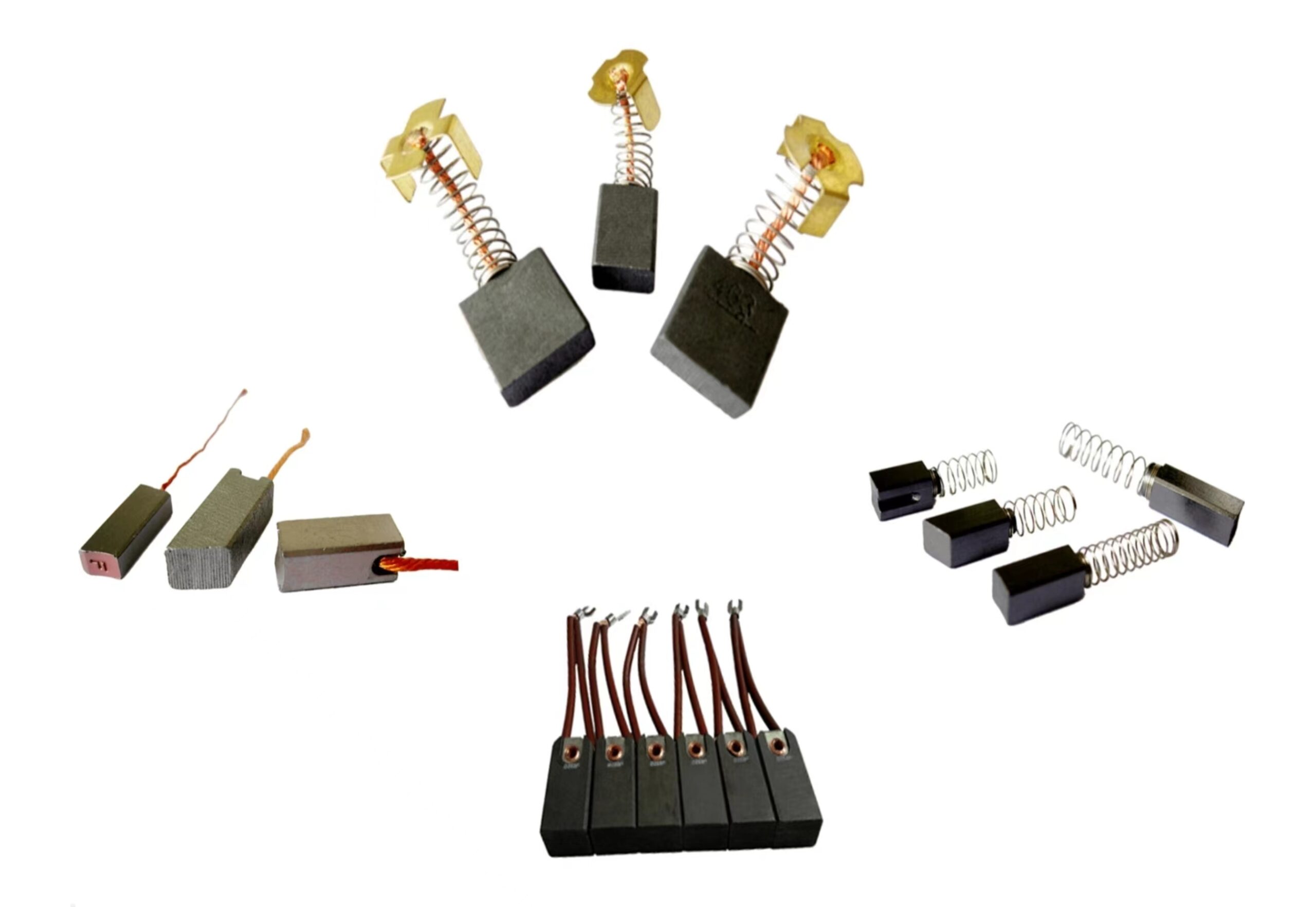

The Process of Electrical Transfer
Carbon brushes are crucial in transferring electrical current between stationary and rotating parts of an electric machine. They use a series of spring-loaded contacts connected to the power source. The current flows through the fixed contact, typically composed of metal or graphite, and the rotating contact, usually crafted from carbon-based material.
When the two contacts meet, the electric current is transferred, and the motor starts running. Furthermore, carbon brushes help to mitigate the risk of sparking and arcing, thanks to the spring-loaded contacts, thereby enhancing the longevity and safety of the motor. You can find these essential components in DC motors of various voltages, including those in steel rolling equipment, automobile engines, and home appliances.
What Sets Carbon Brushes Apart?
Carbon brushes boast a set of unique characteristics, making them invaluable across numerous applications:
The unique properties and diverse types of carbon brushes make them an indispensable component in a wide array of electrical machines and applications. They provide reliable and efficient solutions for current transfer in electric motors, from high-temperature stability to self-lubrication and good electrical resistance.
Copyright © 2018. JINSUN New Material Technology., LTD All Rights Reserved.